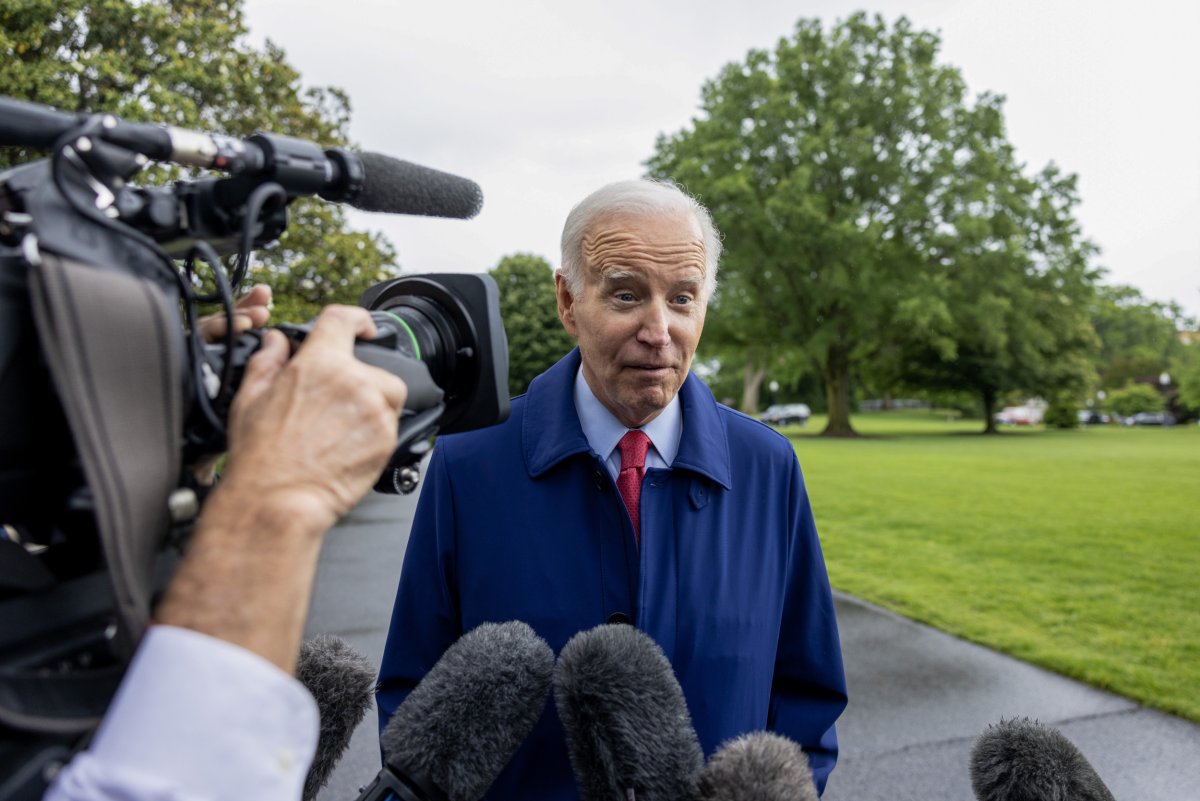Australia's Porsche Paradox: Why Is It Less Popular Here?

Table of Contents
High Purchase Price and Import Costs
The most significant barrier to Porsche ownership in Australia is undoubtedly the high purchase price. This is largely due to import duties, GST (Goods and Services Tax), and other on-road costs, significantly inflating the final price compared to countries like the US or Germany.
The Impact of Tariffs and Taxes
Australia's import tariffs and GST add a substantial premium to the price of imported luxury vehicles, including Porsches. This makes even entry-level models considerably more expensive than in their country of origin.
- Higher on-road costs than comparable countries: The combined effect of import duties, GST, and other fees (like dealer delivery charges) leads to a much higher final price tag for a Porsche in Australia.
- Luxury car tax implications: Australia's luxury car tax adds further to the cost, particularly for higher-end Porsche models.
- Impact of the Australian dollar exchange rate on import prices: Fluctuations in the Australian dollar against major currencies like the Euro and US dollar directly impact the landed cost of imported Porsches, often making them even more expensive during periods of a weaker AUD.
For example, a Porsche 911 Carrera might cost significantly less in Germany or the United States than in Australia. This price difference, often amounting to tens of thousands of dollars, makes a substantial impact on affordability and purchasing decisions. Reputable automotive pricing websites can showcase these differences, further illustrating this point.
Stronger Competition in the Luxury Car Market
Australia's luxury car market is fiercely competitive. Porsche faces stiff competition from established European and Japanese brands offering comparable performance and luxury at potentially lower price points.
The Appeal of European and Japanese Rivals
BMW, Mercedes-Benz, Audi, and Lexus all have strong market presence and extensive dealer networks in Australia. These brands offer a range of models competing directly with Porsche in terms of performance and prestige, often with more competitive pricing strategies.
- Availability of comparable performance and luxury at lower price points: Competitors often offer similar levels of performance and luxury features at a lower overall cost, making them a more attractive option for many Australian buyers.
- Strong dealer networks and after-sales support from competitors: Established brands often have a wider network of dealerships and service centers, providing easier access to maintenance and repairs – a key factor for luxury car owners.
- Brand loyalty towards established brands: Many Australian consumers show strong brand loyalty towards established luxury marques, potentially overlooking Porsche due to familiarity and trust in existing brands.
Sales figures comparing Porsche's market share against its main competitors clearly demonstrate the intensity of this competition within the Australian luxury car segment.
Practical Considerations and Lifestyle Factors
Beyond the financial aspects, several practical and lifestyle factors contribute to the "Porsche paradox" in Australia.
Road Infrastructure and Driving Conditions
Australia's diverse geography, featuring vast distances and less-than-perfect road surfaces outside major cities, might impact the practicality of owning a high-performance sports car.
- Suitability of Porsches for Australian driving conditions: While Porsches excel on smooth, well-maintained roads, their suitability for Australia's diverse road conditions – including rough outback tracks – is debatable for many potential buyers.
- Fuel efficiency and running costs: The fuel consumption of Porsches, particularly high-performance models, can be a significant consideration given Australia's relatively high fuel prices. Maintenance and repair costs further add to the overall running expenses.
- Maintenance and servicing accessibility: While Porsche offers service centers, their availability might be less widespread than some competitors, particularly in more remote areas.
Cultural Preferences and Lifestyle Choices
Australian car-buying preferences often lean towards practicality and functionality. This cultural preference for robust and versatile vehicles plays a significant role.
- Preference for SUVs and four-wheel drives: SUVs and four-wheel drives are extremely popular in Australia, reflecting a preference for vehicles suited to varied terrains and conditions. This preference often overshadows the appeal of lower-riding sports cars.
- Impact of the "tough and rugged" Australian image on car choices: The stereotypical Australian image often aligns with rugged, utilitarian vehicles, potentially making sleek sports cars less appealing.
- Focus on practicality and family-oriented vehicles: Many Australian families prioritize practicality and space, making larger SUVs and wagons more appealing than smaller, two-seater sports cars.
Anecdotal evidence, supported by market research and sales data, indicates a strong preference for practicality and functionality in the Australian automotive market.
Marketing and Brand Perception in Australia
Porsche's marketing strategies in Australia might also play a role in its relatively lower market share.
Effectiveness of Porsche's Marketing Strategies in Australia
The effectiveness of Porsche's marketing campaigns in conveying the brand's appeal to the specific Australian consumer base remains a subject of consideration.
- Targeted marketing strategies for the Australian demographic: Porsche's marketing may need to better reflect the specific needs and desires of the Australian consumer base, particularly concerning practicality and suitability for varied driving conditions.
- Brand image and messaging relevant to Australian consumers: A shift towards showcasing the versatility and practicality of certain models, alongside their performance capabilities, could improve brand resonance.
- Effectiveness of local dealer networks: Strengthening the local dealer network and ensuring high levels of customer service are crucial to enhance brand perception and loyalty.
Analyzing Porsche's marketing expenditure and strategies in Australia compared to other key markets offers valuable insights into the potential for improvement.
Conclusion
The lower popularity of Porsches in Australia – the "Porsche paradox" – stems from a confluence of factors: high purchase prices due to import costs and taxes, strong competition from established luxury brands, practical considerations related to Australian road conditions and lifestyle preferences, and perhaps a need for more effective marketing strategies tailored to the Australian market. While Porsche remains a highly desirable brand, addressing these challenges could unlock significant growth potential in the Australian market. Further research into these factors could reveal effective strategies for boosting Porsche sales in Australia and for other luxury car brands seeking to navigate this unique market. Understanding the nuances of the “Porsche paradox” is vital for future success in the Australian luxury car landscape.

Featured Posts
-
 Pete Rose And A Presidential Pardon Examining Trumps Potential Action
Apr 29, 2025
Pete Rose And A Presidential Pardon Examining Trumps Potential Action
Apr 29, 2025 -
 Canadian Election Late Campaign Surge Questions Carneys Front Runner Status
Apr 29, 2025
Canadian Election Late Campaign Surge Questions Carneys Front Runner Status
Apr 29, 2025 -
 Complete Nyt Spelling Bee Solution April 3 2025
Apr 29, 2025
Complete Nyt Spelling Bee Solution April 3 2025
Apr 29, 2025 -
 Jan 6th Conspiracy Theories Ray Epps Sues Fox News For Defamation
Apr 29, 2025
Jan 6th Conspiracy Theories Ray Epps Sues Fox News For Defamation
Apr 29, 2025 -
 Jeff Goldblum And Ariana Grandes I Dont Know Why Collaboration Details Revealed
Apr 29, 2025
Jeff Goldblum And Ariana Grandes I Dont Know Why Collaboration Details Revealed
Apr 29, 2025
Latest Posts
-
 Amanda Owens Post Divorce Plans An Interview
Apr 30, 2025
Amanda Owens Post Divorce Plans An Interview
Apr 30, 2025 -
 Amanda Owen Facing Challenges And Sharing A Family Update From Ravenseat
Apr 30, 2025
Amanda Owen Facing Challenges And Sharing A Family Update From Ravenseat
Apr 30, 2025 -
 Amanda Owens Ambitious Plans Post Separation From Clive Owen
Apr 30, 2025
Amanda Owens Ambitious Plans Post Separation From Clive Owen
Apr 30, 2025 -
 Ravenseat Farm Update Amanda Owen Shares Family News And Recent Hurdles
Apr 30, 2025
Ravenseat Farm Update Amanda Owen Shares Family News And Recent Hurdles
Apr 30, 2025 -
 Amanda Owen Addresses Recent Conflict With Ex Husband Clive
Apr 30, 2025
Amanda Owen Addresses Recent Conflict With Ex Husband Clive
Apr 30, 2025
